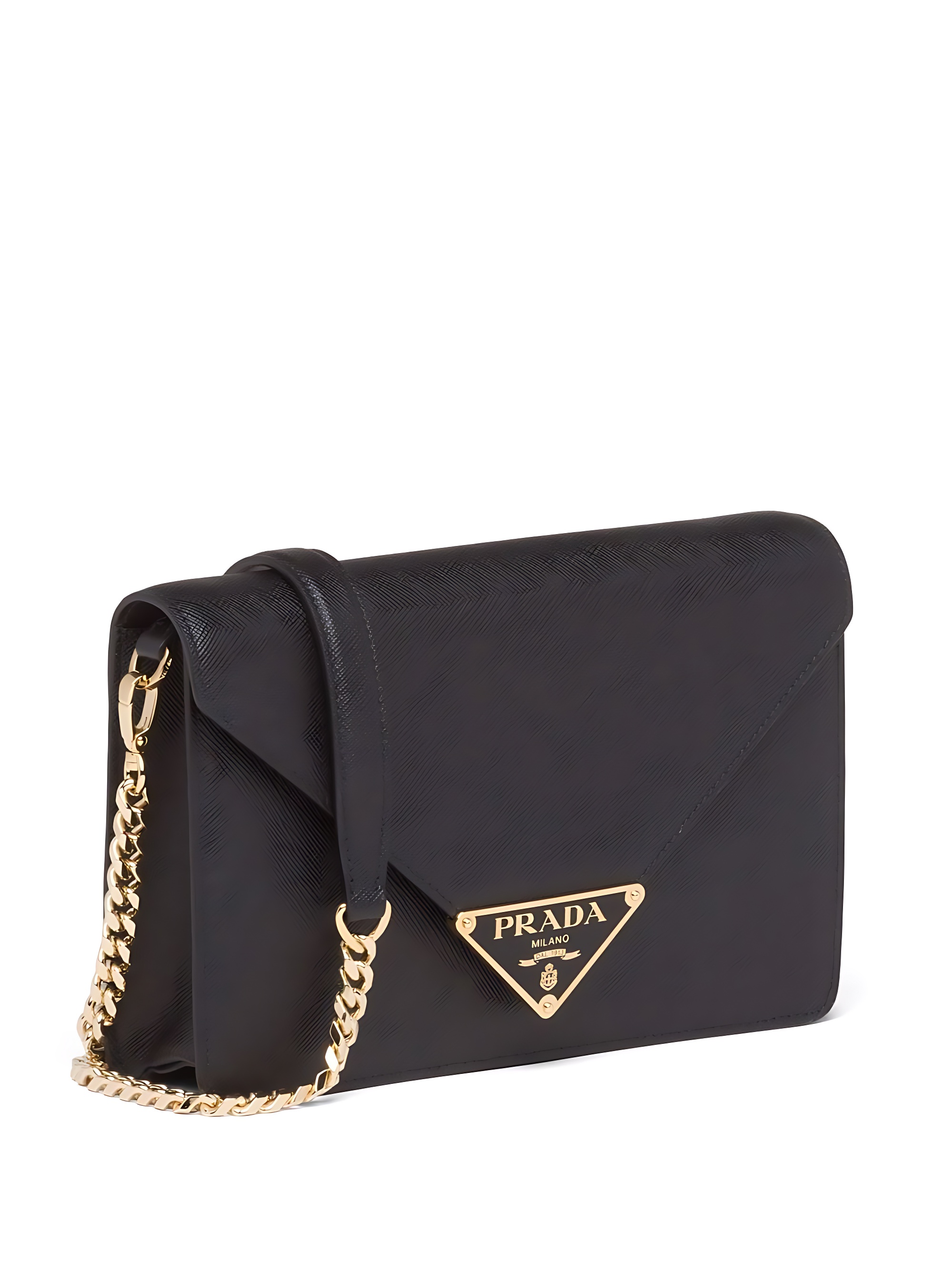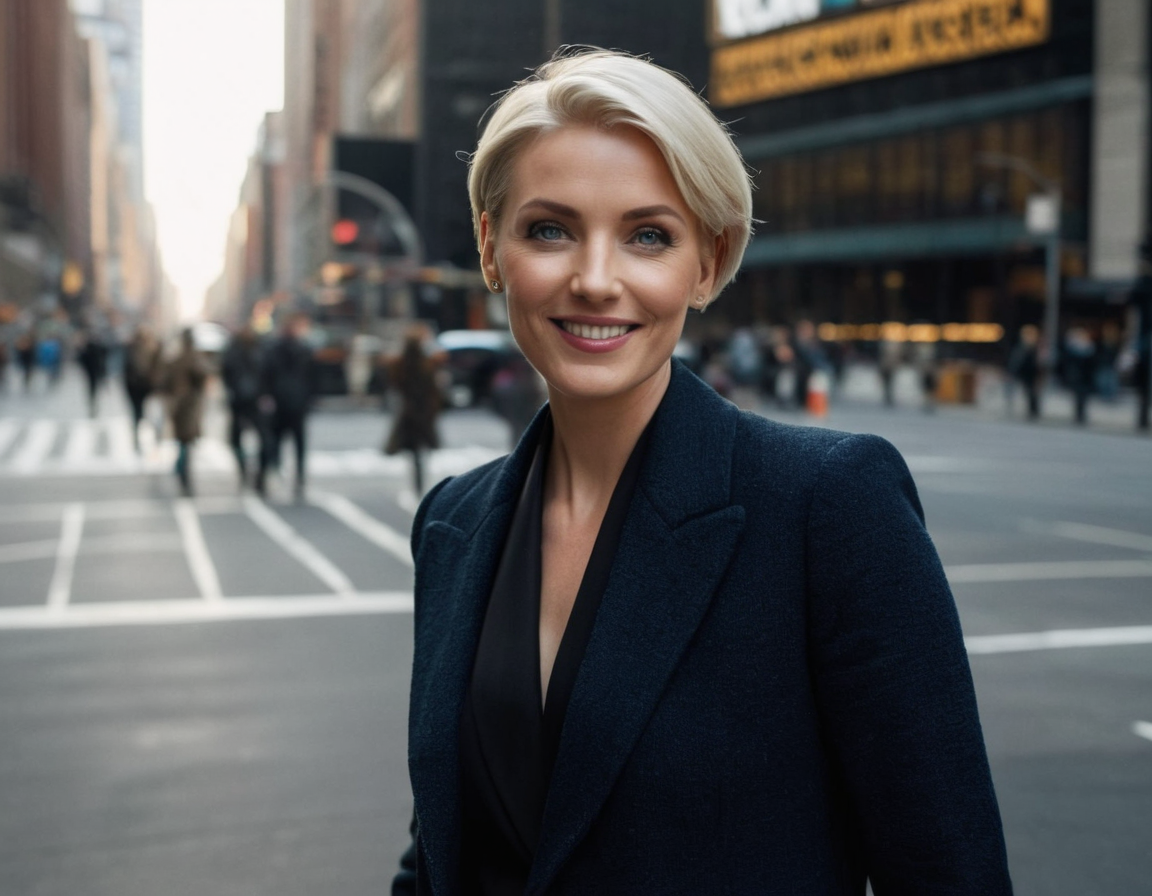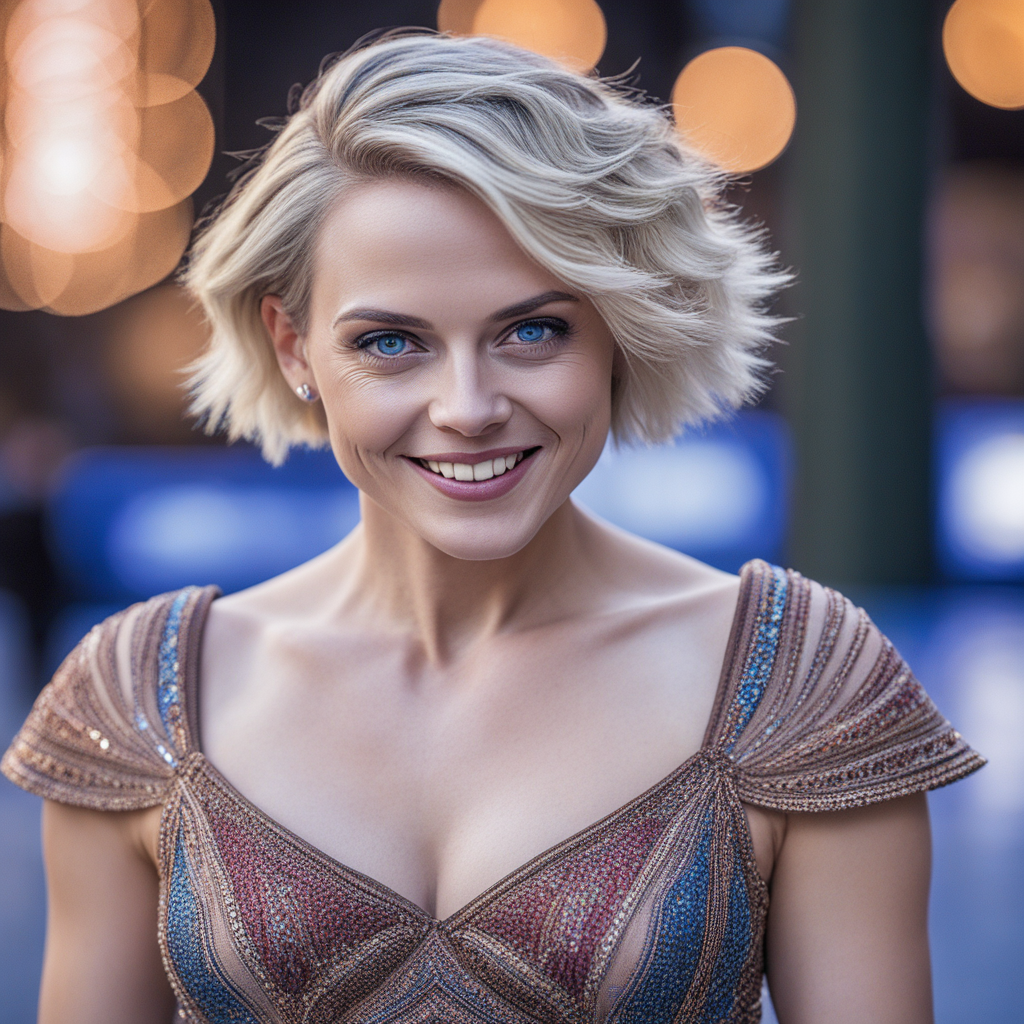Alexgenovese
Models by this creator

upscaler

16
The upscaler model aims to develop practical algorithms for real-world face restoration. It is similar to other face restoration models like GFPGAN and facerestoration, which focus on restoring old photos or AI-generated faces. The upscaler model can also be compared to Real-ESRGAN, which offers high-quality image upscaling and enhancement. Model inputs and outputs The upscaler model takes an image as input and can scale it up by a factor of up to 10. It also has an option to enable face enhancement. The output is a scaled and enhanced image. Inputs Image**: The input image to be upscaled and enhanced Scale**: The factor to scale the image by, up to 10 Face Enhance**: A boolean to enable face enhancement Outputs Output**: The scaled and enhanced image Capabilities The upscaler model can effectively scale and enhance images, particularly those with faces. It can improve the quality of low-resolution or blurry images, making them clearer and more detailed. What can I use it for? The upscaler model can be useful for a variety of applications, such as enhancing old photos, improving the quality of AI-generated images, or upscaling low-resolution images for use in presentations or marketing materials. It could also be integrated into photo editing workflows or used to create high-quality images for social media or digital content. Things to try Try experimenting with different scale factors and face enhancement settings to see how they impact the output. You could also try using the upscaler model in combination with other image processing tools or AI models, such as those for image segmentation or object detection, to create more advanced image processing pipelines.
Updated 5/15/2024

test-endpoint

10
The test-endpoint model is a Hugging Face-based utility for testing AI models. It allows users to quickly experiment with various input parameters and see the resulting output. This model is maintained by alexgenovese, who has also created similar models like sdxl-custom-model, custom-endpoint, upscaler, and gfpgan. Model inputs and outputs The test-endpoint model takes a variety of inputs, including a prompt, image size, and various parameters like the number of inference steps, guidance scale, and whether to apply a watermark. The model then generates one or more output images based on the provided inputs. Inputs Prompt**: The input text prompt to generate the image from Width**: The width of the output image Height**: The height of the output image Num Outputs**: The number of images to generate Guidance Scale**: The scale for classifier-free guidance Apply Watermark**: Whether to apply a watermark to the generated image Outputs Output**: An array of URLs pointing to the generated images Capabilities The test-endpoint model is a versatile tool for quickly testing and experimenting with AI models. It allows users to easily adjust various input parameters and see the resulting outputs, making it a valuable resource for developers and researchers working with AI. What can I use it for? The test-endpoint model can be used to test and experiment with a wide range of AI models, including those created by alexgenovese and other prominent AI researchers and engineers. By adjusting the input parameters, users can explore the capabilities of different models and gain insights into how they work. Things to try One interesting thing to try with the test-endpoint model is to experiment with different prompts and see how the resulting images vary. You can also play around with the various input parameters, such as the number of outputs or the guidance scale, to see how they affect the generated images.
Updated 5/15/2024

custom-endpoint

2
The custom-endpoint model is a FastAPI-powered API for the Fooocus image generation tool, created by alexgenovese. It provides a simple and efficient way to leverage the Fooocus model's capabilities through a standardized API. Similar models include the fooocus-api, fooocus, fooocus-api-anime, upscaler, and fooocus-api-realistic, each with their own unique features and capabilities. Model inputs and outputs The custom-endpoint model takes in a variety of inputs for generating and manipulating images, including a prompt, input images, and various parameters to control the generation process. The outputs are images generated based on the provided inputs. Inputs prompt**: The text prompt used to generate the image. cn_img1, **cn_img2, cn_img3, cn_img4: Input images for use in the image prompt feature. cn_stop1, **cn_stop2, cn_stop3, cn_stop4: Stop values for the image prompt feature. cn_type1, **cn_type2, cn_type3, cn_type4: Control Net types for the image prompt feature. lora_url**: URL for a Lora model to be used in the generation process. sharpness**: A parameter to control the sharpness of the generated image. cn_weight1, **cn_weight2, cn_weight3, cn_weight4: Weights for the image prompt feature. image_seed**: The seed value used to generate the image. uov_method**: The method to use for image upscaling or variation. image_number**: The number of images to generate. base_model_url**: URL for a custom base model to be used. guidance_scale**: The guidance scale parameter for the image generation. refiner_switch**: A parameter to control the refiner model. negative_prompt**: A prompt to specify elements to exclude from the generated image. uov_input_image**: An input image for upscaling or variation. style_selections**: Fooocus styles to apply to the generated image. inpaint_input_mask**: A mask image for inpainting. inpaint_input_image**: An input image for inpainting or outpainting. outpaint_selections**: Selections for outpainting the image. performance_selection**: A selection for the desired performance level. aspect_ratios_selection**: The aspect ratio for the generated image. default_refiner_model_url**: URL for a default refiner model. inpaint_additional_prompt**: An additional prompt for inpainting. Outputs Output**: An array of image URLs, where the generated images can be accessed. Capabilities The custom-endpoint model provides a wide range of capabilities for image generation, manipulation, and processing. It supports text-to-image generation, image upscaling and variation, image inpainting and outpainting, and image prompting. The model can also apply various Fooocus styles to the generated images and allows for the use of custom base and refiner models. What can I use it for? The custom-endpoint model can be used for a variety of creative and generative tasks, such as creating unique artwork, designing promotional materials, or generating illustrations for stories and articles. The ability to fine-tune the generation process with various parameters and styles makes the model a powerful tool for artists, designers, and content creators. Additionally, the API-based nature of the model allows for easy integration into various applications and workflows. Things to try One interesting aspect of the custom-endpoint model is the ability to use input images in the image prompt feature. This allows you to guide the generation process by providing reference images, which can be particularly useful for creating specific visual styles or matching a certain aesthetic. You can also experiment with different Fooocus styles and control the sharpness, guidance scale, and refiner model to achieve the desired look and feel for your generated images.
Updated 5/15/2024

sdxl-custom-model

1
sdxl-custom-model is a variant of the SDXL (Stable Diffusion XL) text-to-image AI model, developed by alexgenovese. This model includes enhancements such as Callback Adjust, which can provide additional customization and refinement capabilities compared to the original SDXL model. While the core functionality remains similar to SDXL, the custom modifications may offer unique advantages for certain use cases. Model inputs and outputs sdxl-custom-model is a text-to-image generation model, taking in a textual prompt and producing a corresponding image. The model's inputs and outputs are as follows: Inputs Prompt**: The textual description of the desired image to be generated. Seed Number**: A numerical seed value that can be used to control the randomness of the generated image. Negative Prompt**: A textual prompt specifying elements that should not be included in the generated image. Num Inference Steps**: The number of steps to be used in the image generation process. Guidance Scale**: The strength of the guidance signal used to steer the image generation towards the desired prompt. Denoising**: The strength of the denoising process applied to the generated image. Refiner**: A boolean flag to activate the Refiner module, which can potentially enhance the generated image. Lora URL**: A link to a LORA (Low-Rank Adaptation) model that can be used to further fine-tune the generation process. Outputs Generated Image**: The output of the model is a URI (Uniform Resource Identifier) that points to the generated image. Capabilities sdxl-custom-model can generate a wide variety of images based on textual prompts, similar to the capabilities of the original SDXL model. The custom enhancements, such as Callback Adjust, may provide additional control and refinement over the generated images, potentially allowing for more precise and tailored outputs. What can I use it for? sdxl-custom-model can be used for various creative and practical applications, such as: Generating concept art, illustrations, or visual assets for creative projects. Producing images for use in marketing, advertising, or social media content. Experimenting with different prompts and settings to explore the model's capabilities and find unique visual styles. Things to try When working with sdxl-custom-model, you can experiment with different combinations of input parameters, such as adjusting the Guidance Scale, Denoising, and Refiner settings, to see how they impact the generated images. Additionally, leveraging the provided LORA URL can open up opportunities for further fine-tuning and customization of the model's capabilities.
Updated 5/15/2024